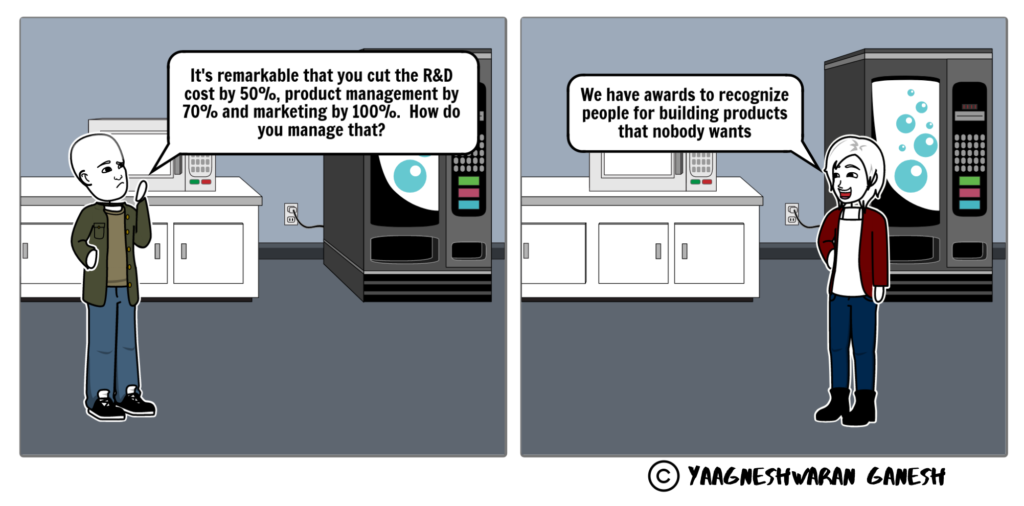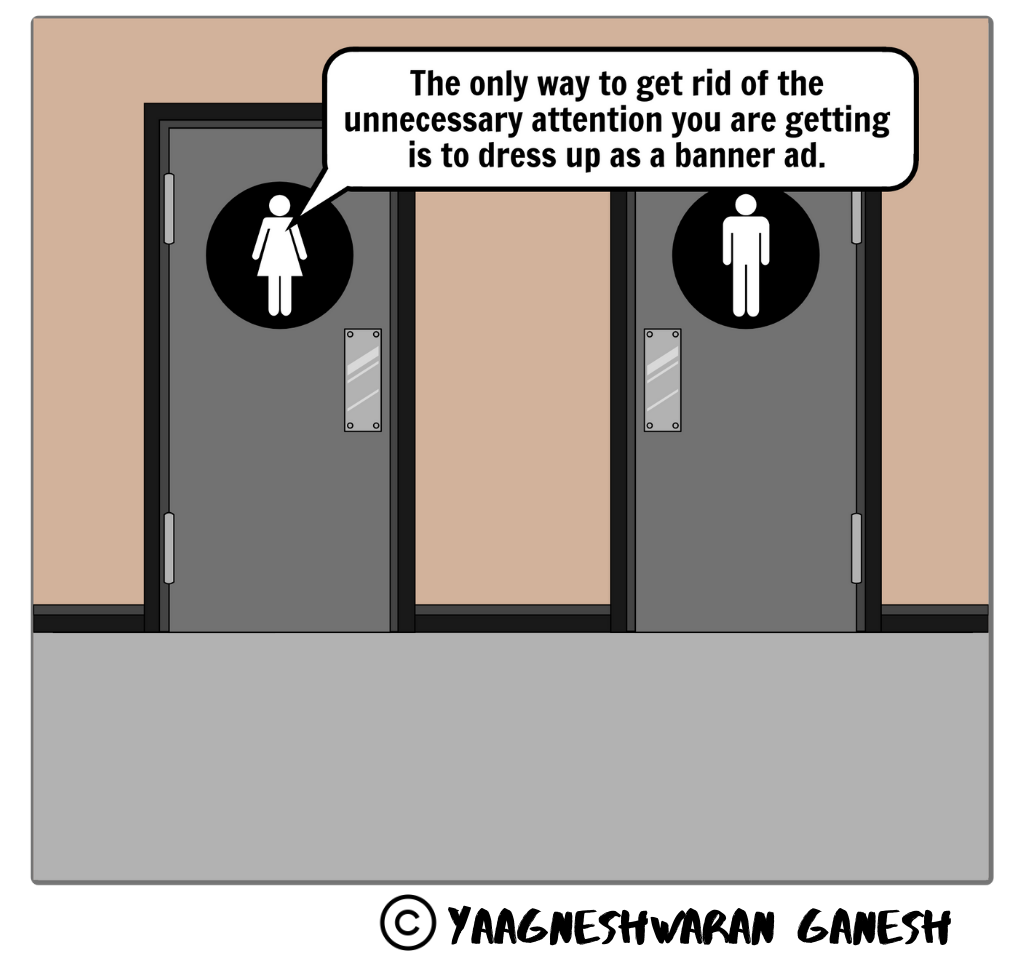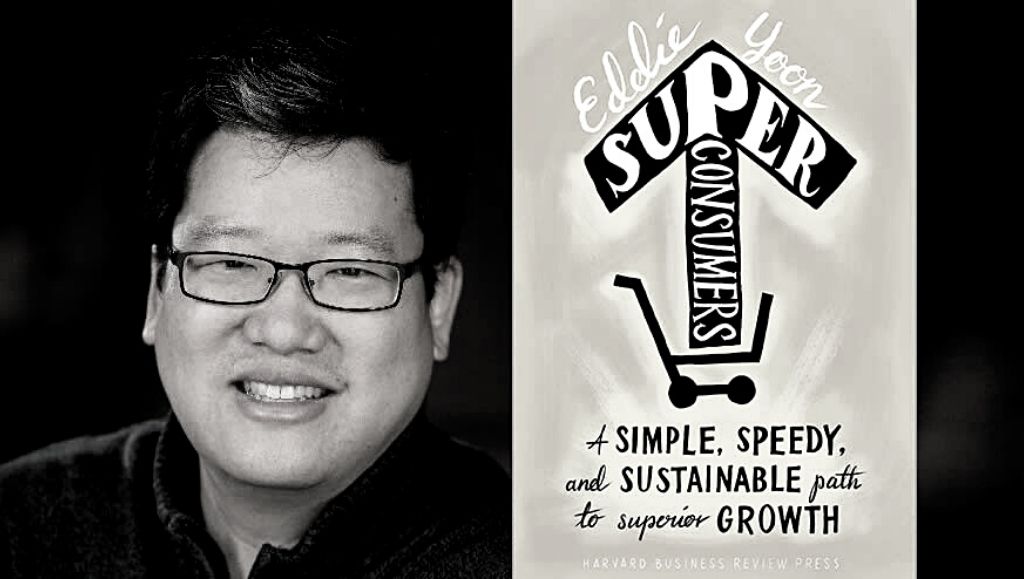As I have discussed in The Revenue Marketing Book, at the heart of revenue marketing is — moving marketing away from being a cost center. Before you get to becoming a revenue center, you need to be a cost-effective center. So it all begins with asking the right questions around what we have and what we need.
For instance,
- What stage of the GAME model are you in? Are your marketing and sales teams in sync with respect to the accounts they are working on?
- Do you have a process set up for how things flow from marketing campaigns to program management and onboarding to converting free customers to paid programs, customer success, etc.?
- Do you have the necessary resources and tools to measure and attribute engagement-to-revenue outcomes?
- Are you able to measure improvement in operational efficiency, conversion rate, etc.? In short – are you clear on what is working for you and what isn’t?
The above questions are indeed indicative, which you can tweak according to where you stand in the revenue journey.
But there are several aspects in the marketing journey, where we end up doing things that don’t add any value. In other words, the areas where we can cut our spending, take money away from the marketing line items that don’t yield results to the ones that you might want to pour more gasoline on.


How to begin cutting your marketing money wasters?
Getting a budget from the leadership is always a catch 22 situation – we need the budget to deliver the ROI. On an average, and especially during tough times, marketing budgets tend to range from 1-10% of annual revenue.
Therefore, when we get a budget, we need to invest only on aspects critical to driving revenue. We need to distribute the budget between the levers that would augment the existing pipeline and the initiatives that would be critical to the business in the long run.
Always start with a fundamental understanding that it is better to cut the budget than to throw money in the trash.
As we begin to look at areas where we can cut costs, leave out the salaries despite them being the single largest expense. Salaries and headcounts are variables.
Let us look at the other available options.
Martech stack
While we assess our current tech stack and architecture for what we need, we also need to analyze which tools we can do without. You might still have some legacy tools which aren’t relevant to your objectives anymore. Moreover, no marketer wants to log into tens or twenties of tools daily. Also, it wouldn’t be far from the truth to say that sometimes people don’t even remember all the tools they have subscribed to.
Take CRM as an example. It is not surprising to see some enterprises using different CRMs for different purposes, contributing to inconsistencies in data sanity and visibility. Get rid of the redundant, under-utilized or unnecessary tools that you are paying for. The fundamental step before subscribing to a tool is to think about the potential adoption for it.
Agency relationships
Whether you should have all marketing capabilities in-house or should you outsource certain aspects of your marketing responsibilities to an agency is a topic that deserves a different discourse altogether which doesn’t fit into the scope of this book. But, it’s fair to say that you might not find many agencies or partners who will align with the KPIs you might want to measure. For instance, if the agencies you work with want to stick to metrics such as impressions, click-throughs, cost-per-lead (CPL) or even cost-per-acquisition (CPA), and don’t want to map them to revenue — you are better off cutting ties with them and identify one that aligns with you.
Secondly, you don’t need to partner with too many agencies. It’s too easy and tempting to go full throttle when you are funded, but it doesn’t make sense to throw money in the trash. For example — we have seen some large enterprises outsourcing corporate marketing designs to 2-3 agencies, whereas the in-house designers are sitting idle. And the worst part is when you have to ask the in-house designers to start the same project from scratch after failed outsourcing.
Booths at trade shows
The following statement may come across as bold, but it is worth sharing.
If you are spending on anything more than 10 ft x 20 ft booth, you are probably wasting money. And this goes regardless of how big your brand is.
The fundamental logic is that the purpose of people attending a tradeshow isn’t to spend time at a booth. Your booth is incidental. You would be better off spending your resources on identifying who among the prospective attendees are relevant to your product or services.
Your expenses should go into making sure that you fix meetings with your target accounts much in advance to the trade show. And get into the conversion mode. Meaning — the relationship should have been built much in advance to the trade show in-person meet up.
Otherwise, the possibility of conversion from an unplanned meet-up at the booth is miniscule. And it is not worth the $20,000–$40,000 booth cost + flight costs + accommodation cost.
Banner ads
AdWords, sponsored content, content production and syndication are great. But if you are spending on banner ads, it is better to stop it now. Banner ads are very old school. One look at your analytics for banner ad click-through and more importantly its contribution to revenue will tell you that the returns are negligible.


Outreach without understanding intent
Here’s a 101 of marketing that people often forget: someone who shares his/her email in exchange to get access to your ebook or whitepaper isn’t giving you permission to sell your product to them. In fact, they do not necessarily even have a buying intent yet.
And still, how many times do we see marketing teams sharing a bunch of such emails to Sales Development Representatives (SDRs) and the reach out begins. Your SDRs’ time is better spent on prospects with buying intent. You need to capture the buying intent of your prospect when you track the customer journey. When you share the contact list with your SDRs, share only the ones that are identified with high buying intent.
Similarly, your AdWords spend should be only on keywords that indicate intent. For example, someone searching for “marketing automation” is very different from someone searching for “marketing automation software”. The latter shows interest in tools and not the concept of marketing automation. This might help you increase AdWords conversion by 40%.
The key point is – always map the investments to revenue outcome and not leads. Therefore, it’s time you audit your expenses. Cut what doesn’t contribute to revenue.
Pivot to something that does.
If you believe that pouring money onto everything is going to make you a marketing outlier, you probably are an outright liar.
Yaagneshwaran Ganesh, The Revenue Marketing Book


